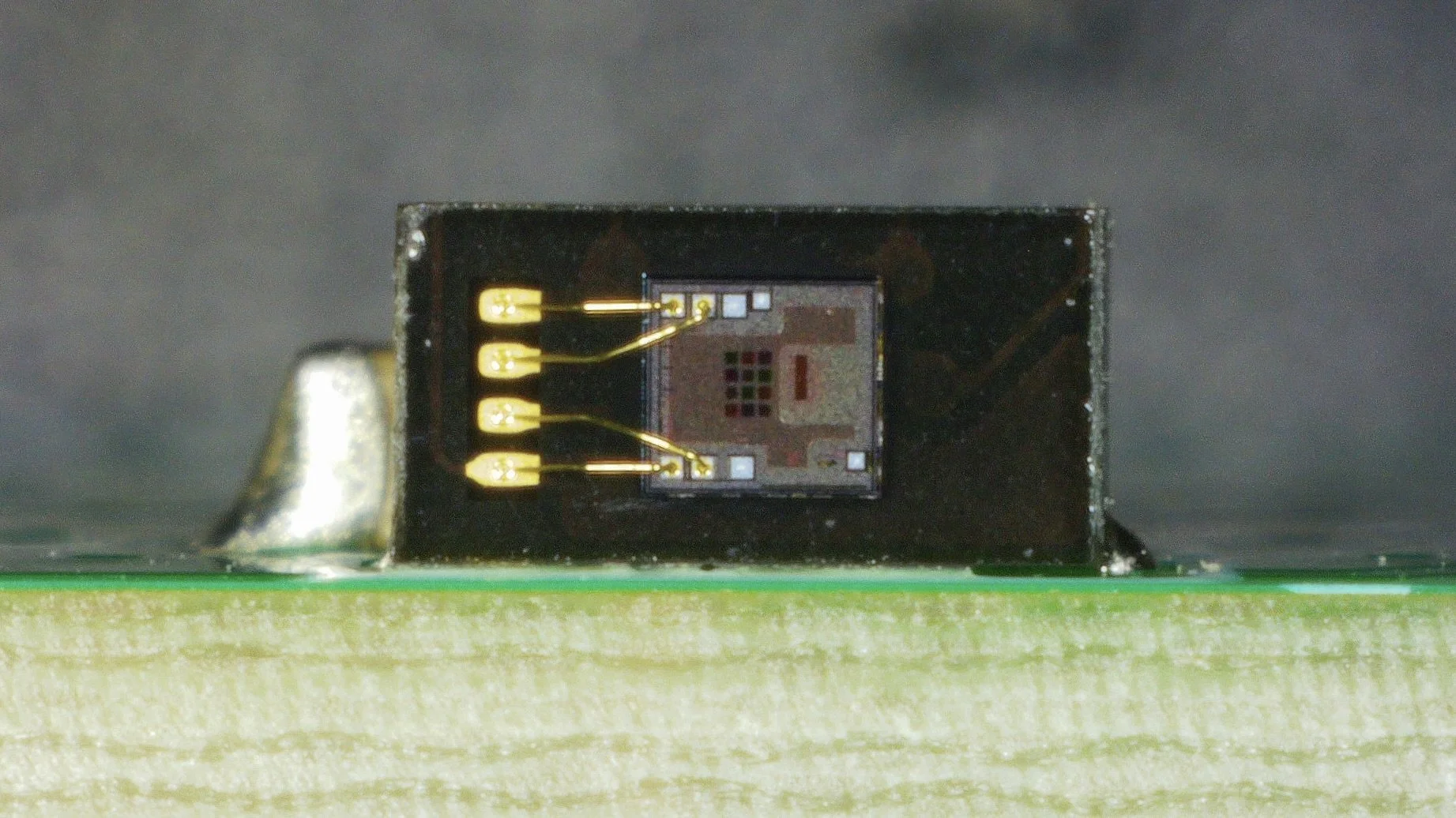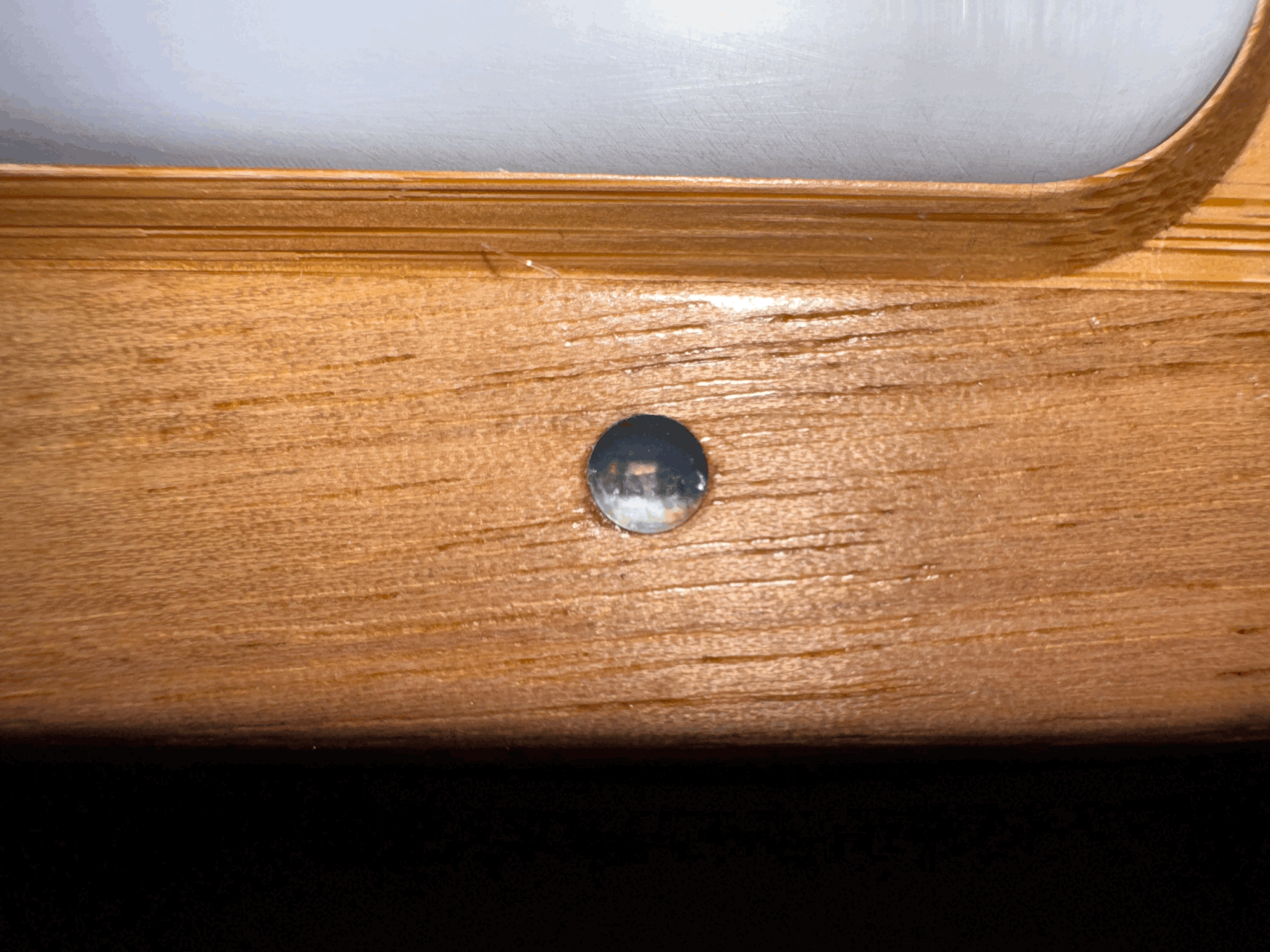 Image 1 of 6
Image 1 of 6

 Image 2 of 6
Image 2 of 6

 Image 3 of 6
Image 3 of 6

 Image 4 of 6
Image 4 of 6

 Image 5 of 6
Image 5 of 6

 Image 6 of 6
Image 6 of 6







Right-Angle VEML3328SL Lux and Color Sensor - I²C Light Sensor - Qwiic
The Vishay VEML3328 chips are nice I²C Lux+Color sensors that can detect not only ambient light but also the color of that light. Additionally, it can detect the amount of infrared light too, which can be useful for detecting if sunlight or incandescent light is present. These are the exact same boards I used in my Lumanoi interactive light sculptures.
Vishay sells two different versions of the VEML3328: a top-sensing version and a side-sensing/right-angle version.
The datasheet for this chip can be found here.
The board layout and design was heavily inspired by the VEML7700 boards sold by Adafruit, using the same size, mounting holes, and Qwiic connectors. However, unlike Adafruit’s boards, this one is 3.3 volts only—it is not directly compatible with 5 volts like Stemma QT boards are, so keep that in mind. There is also no LED on this board, since it tends to interfere with sensing ambient light in really dark environments.
Similar to Adafruit’s boards, these also include the headers if you want to solder them on to allow them to be plugged directly into a breadboard.
I will release the KiCad files and a Micropython driver for this board soon!
The Vishay VEML3328 chips are nice I²C Lux+Color sensors that can detect not only ambient light but also the color of that light. Additionally, it can detect the amount of infrared light too, which can be useful for detecting if sunlight or incandescent light is present. These are the exact same boards I used in my Lumanoi interactive light sculptures.
Vishay sells two different versions of the VEML3328: a top-sensing version and a side-sensing/right-angle version.
The datasheet for this chip can be found here.
The board layout and design was heavily inspired by the VEML7700 boards sold by Adafruit, using the same size, mounting holes, and Qwiic connectors. However, unlike Adafruit’s boards, this one is 3.3 volts only—it is not directly compatible with 5 volts like Stemma QT boards are, so keep that in mind. There is also no LED on this board, since it tends to interfere with sensing ambient light in really dark environments.
Similar to Adafruit’s boards, these also include the headers if you want to solder them on to allow them to be plugged directly into a breadboard.
I will release the KiCad files and a Micropython driver for this board soon!
